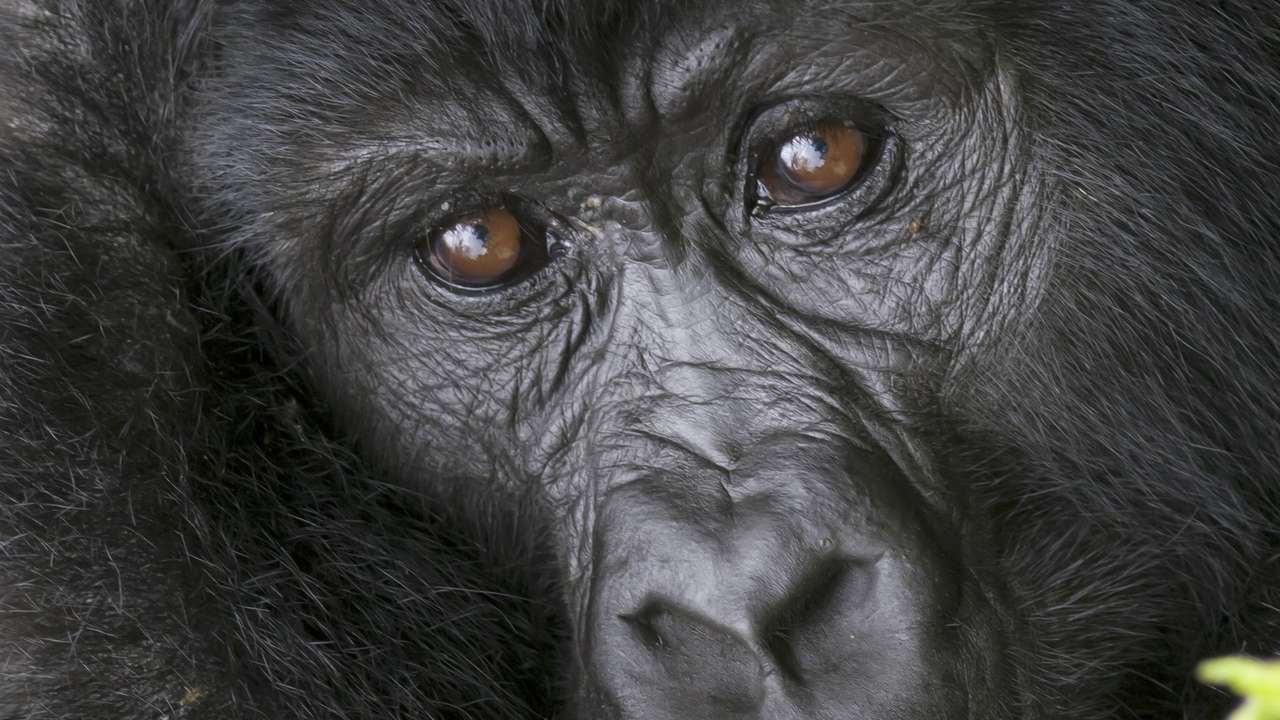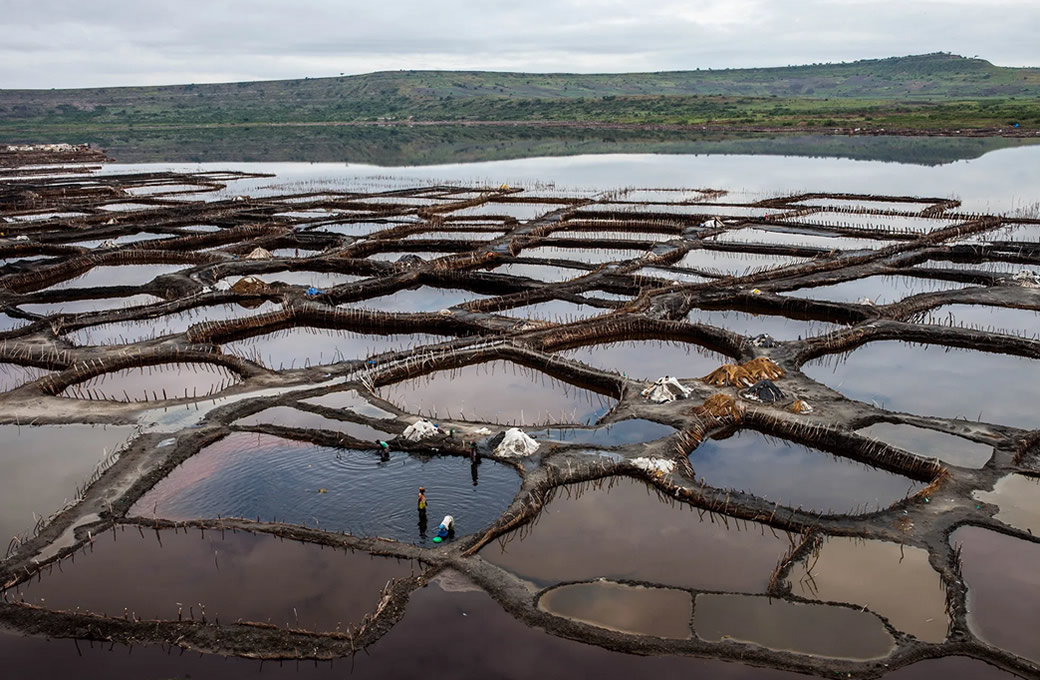
Meet Uganda’s Great Silver Back Gorillas
Gorilla trekking is one of the best wildlife encounters in the whole world. While on a trek through the impenetrable jungles of Africa, your eyes are first set on the dominant silver back the head of the entire gorilla family. There are two protected areas where Uganda’s mountain gorillas are protected; the tropical rain forests of Bwindi impenetrable forest and Mgahinga gorilla national park. These parks are located in southwestern Uganda. These rain forests date back to even more than 25000years and they have about 400 diverse plant species. These forests shelter approximately 400 mountain gorillas, which is almost half of the worlds surviving mountain gorillas almost half of the world’s total population of mountain gorillas with their leaders the great silver backs.
Silver backs are the mature male leaders in the groups of mountain gorillas in the forest. Their name encompassed from their silver saddles across their backs. Thesilver back being the head of the group, he is accounted for the safety of his group (troop). This troop consists of 5 to 30 gorillas. The silver back are always in charge of the troop, to make decisions on where the group forages for food, where to travel, where its to rest and where its to sleep at night.
Silver back gorillas are huge with a height of about 5.7 to 6.2feet and weight of 360pounds.According to their heads; their ears are too small for them. They have large bony crests on the tops of their skulls and backs to support their teeth and jaw muscles, and also to give their heads that conical shape. The silverbacks are the hairy species of gorillas. They have long and thick hair to helps them in insulation while at higher elevations. They have uniquely shorter legs compared to their hands. At the age of twelve, these silverbacks start developing their silver saddles; the young males that have not developed these saddles yet are called “black backs”.
The silverbacks are quite gentle and shy despite their huge size and strength. They are very social, though only with in their specific family . They are affectionate; they play and hug with each other just like the humans do. They also laugh and even throw things when angry as the humans. Otherwise, they are very peaceful animals.
They feed on vegetables, along the edges of dense forests though they can also feed on crop plants and rotting wood. They eat up to 45pounds of food in a day. The silver back is usually the only male in a troop to mate with all the females. The females choose this silverback because of its strength and size. Sometimes the silver back will allow other males to mate with one of the females in the family. The black backs (juvenile male gorillas) are no allowed to mate with females in the entire group. They are then forced o form their own families for which they become silverbacks and take the full responsibilities of their started families.
If there is any activity that you can never miss, then its gorilla trekking in Uganda’s Bwindi impenetrable forest national park and Mgahinga forest national park, come and experience the peaceful norms of the great silverback gorillas in their troops, they are the true definition of leadership.
Conclusively therefore, a silverback is the dad to the family. Trek any gorilla family and witness the fatherhood of a silverback in terms of defense and care for his family members.
Read More
Katwe Salt Lake – Uganda’s Tourist Attraction
Salt is one of the basic needs in life and it is widely used in Uganda. Lake Katwe salt industry is the main source of salt and income in the country. People around Lake Katwe are still practicing rudimentary mining of salt which helps them to make a living after selling salt and those employed in the salt industry.
At Lake Katwe, salt is mined from January to March and from July to September when there is much sunshine. Salt traders come from nearby markets in Uganda and from other countries like Democratic Republic of Congo (DRC), Rwanda, Burundi, Sudan and Tanzania.
It was regarded such an expensive mineral and was exchanged for other item like clothes and even guns which were given the ruler of that time in exchange of slaves.
Salt mining as in western Uganda has a strong history as in 1875, an explorer by the names; H.M Stanley was the first white man to make a written report of the history of salt Exploitation at Lake Katwe during his journey in Africa.
It is emphasised that ever since the colonial times salt production at Lake Katwe has been one of the most important sources of revenue for the local administrations in the area. Nowadays, Katwe Kabatoro Town Council is also struggling to get total ownership and administration of the same lake.
Lake Katwe is the largest salt lake in Uganda and have various types of salt produced from the same lake. It has a circumference of 8 km. 21 streams around the lake pour in fresh water every day from the surrounding rocks.
Not only salt mining, Lake katwe is a source of foreign exchange through tourism. Many tourists are seen exploring salt Lake Katwe salt region during their Uganda safaris through Queen Elizabeth National Park, one of Uganda’s most popular national parks. From there, tourists can move to Kibale chimpanzee forest to trek chimpanzees, nature walks, and cultural walks and so on. They can also decide to go to Bwindi Impenetrable forest or Mgahinga Forest National Park to track Gorillas.
Read More